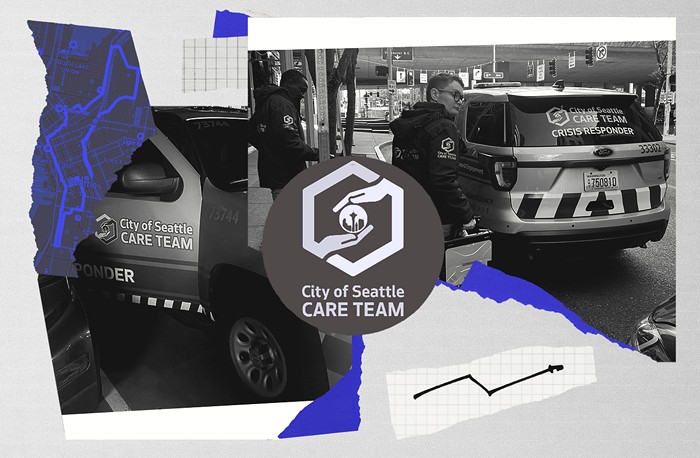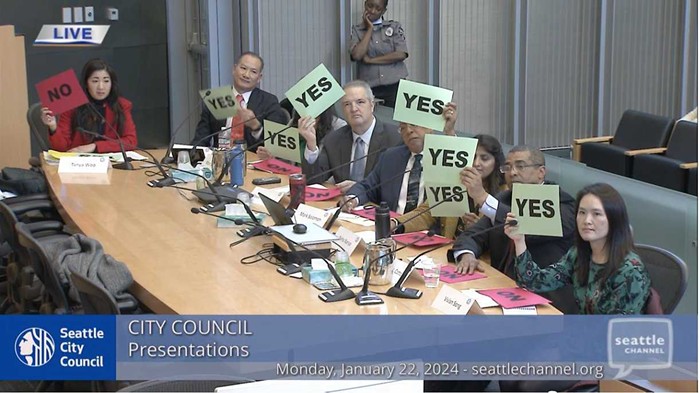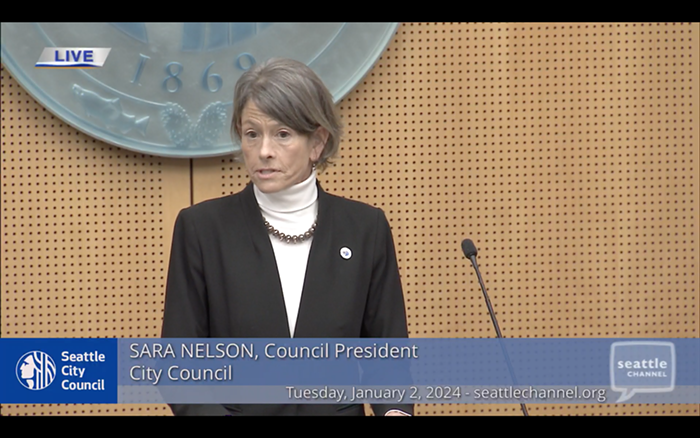Last week, the state's project manager for the Alaskan Way Viaduct, David Dye, told a surprised city council that the state department of transportation was "looking forward to... working with the city and the county to really fully develop the surface/transit option" for replacing the Alaskan Way Viaduct. What the state learned from last year's election, Dye said, is that "if we continue to define the problem in the way we've defined it"—as the need to move cars, not people—"the solutions likely won't change. We need to take a fresh look at the whole arterial network and how all those pieces fit together with substantially enhanced transit and freight mobility."
What changed? Besides the election, in which voters rejected both waterfront highway options, the law itself was literally rewritten. Last session, the state legislature quietly adopted a bill that could have huge implications for road projects across the state. The legislation redefines roadway "capacity" to mean a road's ability to move people and goods—not cars.
It's a subtle change, but one with potentially profound implications. If moving cars is no longer the paramount goal of the state department of transportation, that opens the door to surface/transit, which had been hindered, at least politically, by legislation stating that no viaduct replacement could reduce "capacity" (capacity, that is, for cars). It also eases the way for investments in mobility, like HOV lanes and improvements for transit, that don't increase the system's ability to carry cars.
"One of the reasons we went down the disastrous path of [choosing between] a big viaduct or a big tunnel was because the measure of success was moving 110,000 cars down that road every day," says Jessyn Farrell, director of the Transportation Choices Coalition. "This opens the door to a more creative solution."
Sponsored by Senator Ed Murray (D-43), the bill says that any transportation policy the state adopts must "improve the predictable movement of goods and people throughout Washington State... [and] enhance Washington's quality of life through transportation investments that promote energy conservation, enhance healthy communities, and protect the environment." In addition, the bill promotes the development of transit, "strategies to gradually reduce the per capita vehicle miles traveled," HOV lanes, systemwide tolling, and "integrated multimodal planning"—phrases groups like the Transportation Choices Coalition have been bandying about for years.
"This is groundbreaking. It's earth shifting," Farrell says. "This allows us to start looking at the system much more in a system-management way, as opposed to 'let's expand capacity because that's the only thing we've ever done for the last 50 years.'" ![]()


















